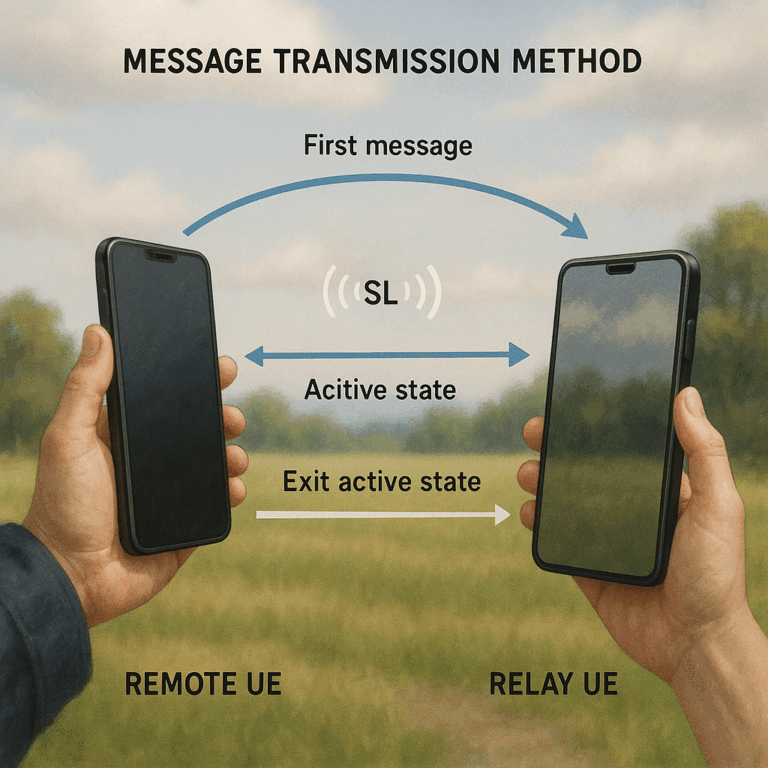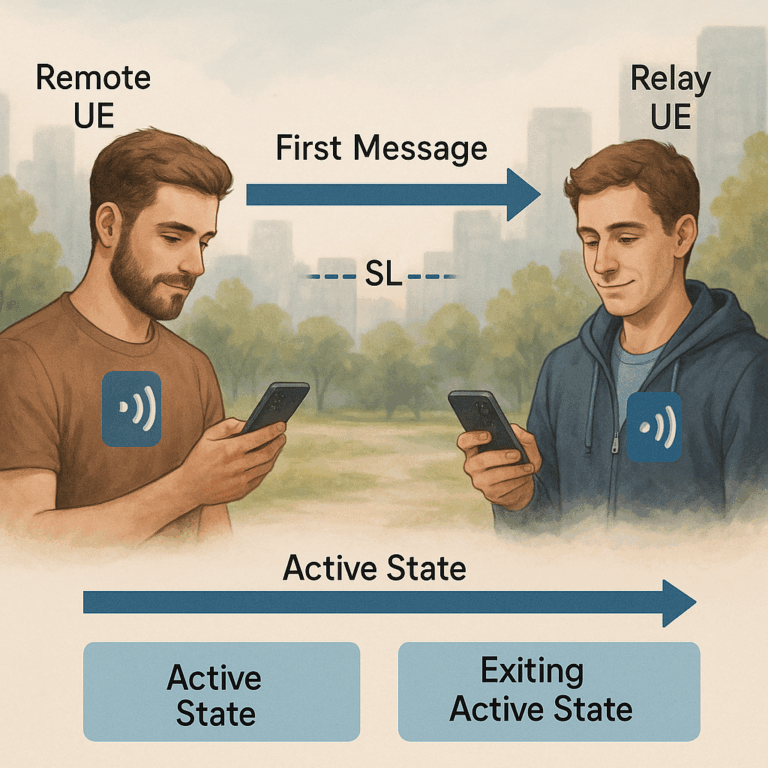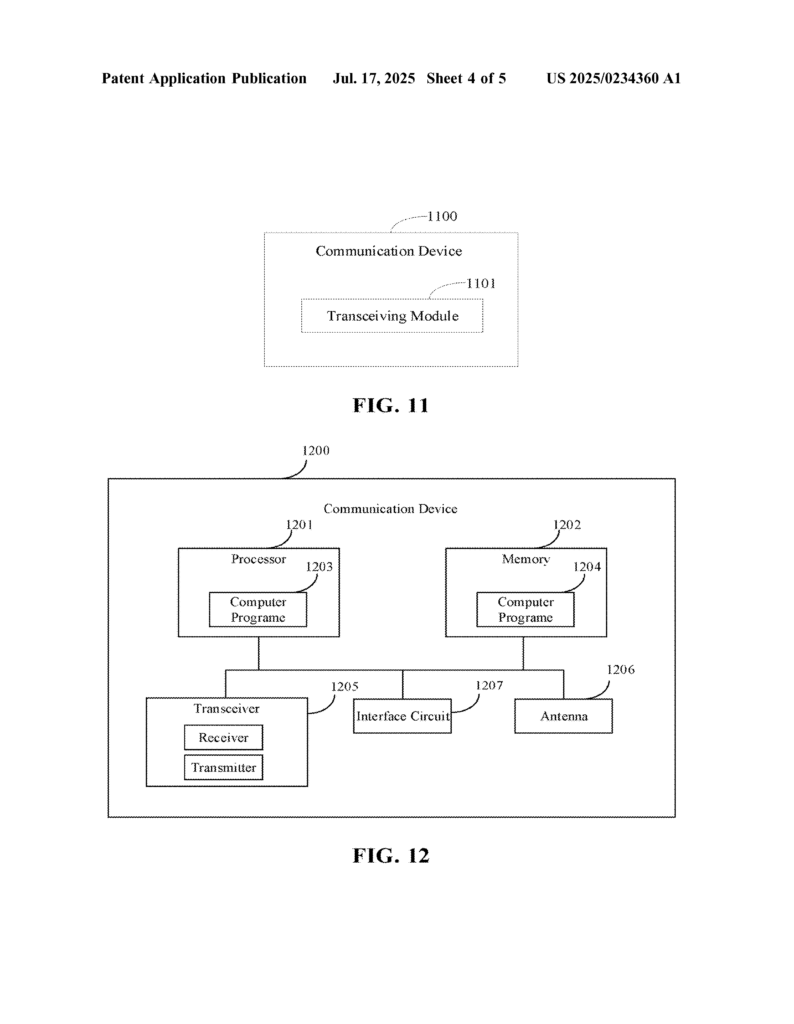Invented by YANG; Xing, Beijing Xiaomi Mobile Software Co., Ltd.

Communication technology is always changing, making our phones, cars, and smart devices work faster and better. One patent application brings a new way to send messages between devices, especially when they cannot talk to the main network directly. This new method helps devices work together, saving power and making sure messages do not get lost. In this article, we will break down what problems this patent solves, the science and history behind it, and exactly how this new method works.
Background and Market Context
Every day, billions of messages travel between phones, cars, smartwatches, and all sorts of devices. These devices use wireless networks, like 5G, to talk to each other and to main network towers called base stations. But not every device can always reach the base station. Sometimes, a device is too far away, blocked by buildings, or deep inside a tunnel. In those moments, devices need to work together, passing messages from one to another until the message reaches the network. This is called relay communication.
Today’s world depends on these connections. Think about self-driving cars sharing traffic data, or rescue teams sending signals from places with weak network coverage. In smart factories, machines report their status using wireless links. Even in daily life, people use wearables that need a strong, steady connection. If a message gets lost, or if a device misses an important signal, it can lead to problems—like a car missing a safety warning or a doctor not receiving a patient’s vital sign update on time.
The market is now flooded with devices that need to save battery and stay connected. Devices often “sleep” to save power, only waking up when needed. But this creates a risk: if a device goes to sleep too soon, it may miss an important reply. In busy places, or when devices are moving fast, this can happen a lot. Companies, governments, and regular users all want a solution that keeps devices awake just long enough to get their important messages, but not so long that batteries drain quickly.

This patent application speaks right to these needs. It offers a way for devices to know exactly when to stay awake and when to sleep, making sure they get every critical response without wasting power. With more cars, smart gadgets, and machines relying on wireless networks, this approach could help many industries, from health care to transportation to smart homes. As 5G and future networks become the backbone of our digital world, such inventions will shape how well and safely our devices talk to each other.
Scientific Rationale and Prior Art
To understand why this invention matters, we should look at how message transmission works today and what problems exist. In most modern wireless systems, devices use something called a “sidelink” to talk directly to each other. This is different from connecting straight to a cell tower. Sidelinks are great for device-to-device messages, but they come with challenges.
Devices use something called Discontinuous Reception (DRX) to save battery. In DRX, a device only turns on its radio at certain times, listening for messages, and then goes back to sleep. If a device sends a message and then goes to sleep too soon, it might miss the reply. This is a big problem if the message is important, like trying to connect to the network or asking for system information.
In the past, when a device (let’s call it the remote device) could not reach the base station, it would send a request to a nearby device (the relay device). The relay would forward this message to the base station and then send back the reply. But, after sending its message, the remote device might go to sleep before the reply came back. This led to failed connections, missed updates, and sometimes long delays. The whole system became less stable, and users experienced dropped calls, slow connections, or even safety risks in cars or medical devices.
Some earlier solutions tried to fix this by making devices stay awake longer, but this drained battery quickly. Others used timers, making devices guess how long to wait for a reply. But guessing isn’t always right—the network could be busy, or the relay device might be slow, so replies could be missed. Sometimes, the base station or relay would send special signals to wake devices up, but this added more messages and used more battery.

Many patents and research papers tried to improve this. Some focused on smarter timers, letting the network tell devices how long to wait. Others tried to predict network delays, but these methods were still not perfect. Devices would wake up too early or too late. Prior art did not fully solve the problem of making sure a device is awake exactly when a reply comes, and not a moment longer.
The need for a better solution was clear. Devices needed a way to know exactly when to stay awake after sending a message, and to sleep as soon as the job was done. This would save battery and make connections more reliable, especially in situations where missing a reply could cause big problems.
Invention Description and Key Innovations
This patent application describes a new method for message transmission between devices that use a relay. Let’s break it down in simple terms.
Imagine two devices: one is far from the network (the remote device), and the other is closer and can connect to the network (the relay device). The remote device needs to send a message to the network but can’t reach it directly. So, it sends the message to the relay device, which passes it along. The network then replies, sending the response back through the relay to the remote device.
The problem is: after sending its first message, when should the remote device stay awake to listen for the reply? If it sleeps too soon, it misses the reply. If it stays awake too long, it wastes battery.

The invention introduces a smart way for the remote device to decide when to stay awake and when to sleep. Here’s how it works:
After sending its message, the remote device enters an “active state.” In this state, it keeps its radio on and listens for a reply over the sidelink. It only leaves this active state after it gets the reply. This way, it won’t miss any important responses. The device can enter this active state right after sending the message, or it can wait for a specific time if the network or relay tells it when to expect a reply.
There are a few ways the device can manage this timing:
– It can start a timer right after sending the message, and enter the active state when the timer ends, based on how long it thinks it will take to get a reply.
– The network or relay device can tell it exactly how long to wait before entering the active state, making sure the device wakes up just in time.
– The device can use known timers (like T300, T301, T319, and T319a) that are standard in communication systems, making it fit neatly with existing technology.
The device knows what kind of messages to expect in reply. For example, if it sent a request to connect to the network, it waits for a connection reply. If it asked for system information, it waits for that data. The device only leaves the active state after getting the right reply, so nothing is missed.
On the relay device side, the invention describes how it receives the message from the remote device, forwards it to the base station, gets the reply, and then sends it back. The relay can also help by telling the remote device how long it should stay awake, making the process even more efficient.
This method can be built into any device that talks to others using wireless communication—phones, cars, robots, or smart home gadgets. It can be put into the device’s hardware, run as a computer program, or stored on a chip. The patent even covers the idea of a network device or base station helping to set the right timing for these active states, making the whole system work smoothly together.
The biggest innovation is the idea of controlling the device’s active state based on real message flow, not just on guesses or fixed timers. By tying the awake period directly to receiving the expected reply, devices use less power and don’t miss critical messages. This makes connections more stable and reliable, which is important in situations where safety or timing matters.
Because the method fits with existing standards (like using known timers and message types), it is easy to add to today’s 5G networks and devices. It does not require big changes to how devices work, but gives a big improvement in reliability and power savings.
Conclusion
Wireless devices are everywhere, and they all need to send and receive messages quickly and reliably. This patent application offers a simple but powerful way to make sure devices do not miss important replies, while also saving battery life. By making devices stay awake only as long as needed and tying their “active state” to real message flow, the invention solves a problem that has bothered the industry for years. It fits well with current technology and can help make our phones, cars, and smart gadgets work even better. As we move into a world with more connected things, such ideas will be key to keeping us safe, informed, and always connected.
Click here https://ppubs.uspto.gov/pubwebapp/ and search 20250234360.
